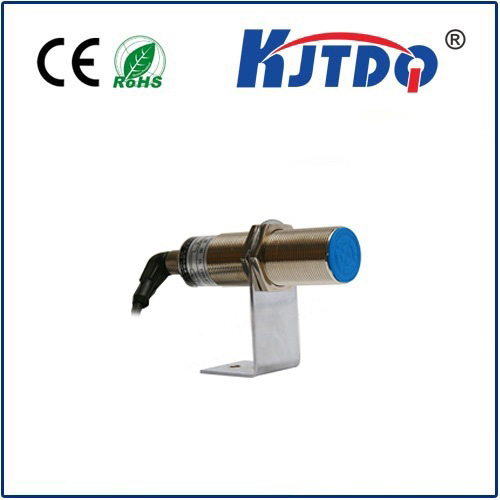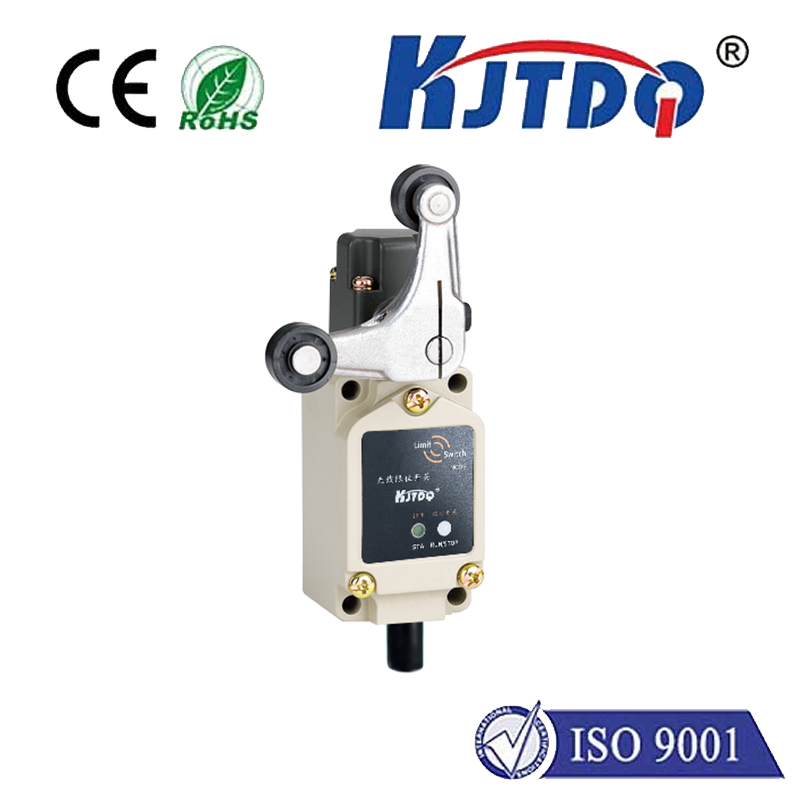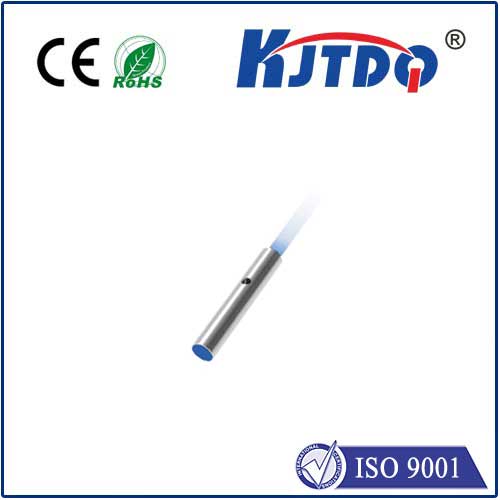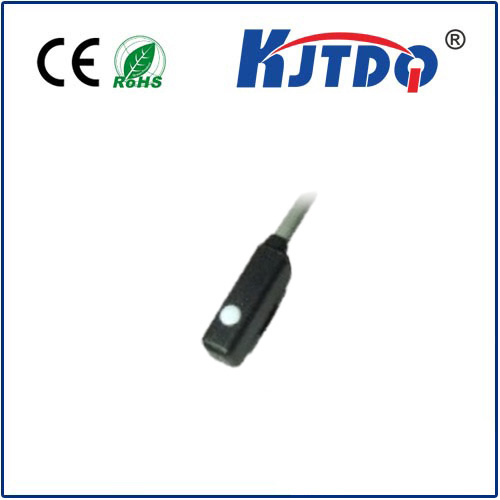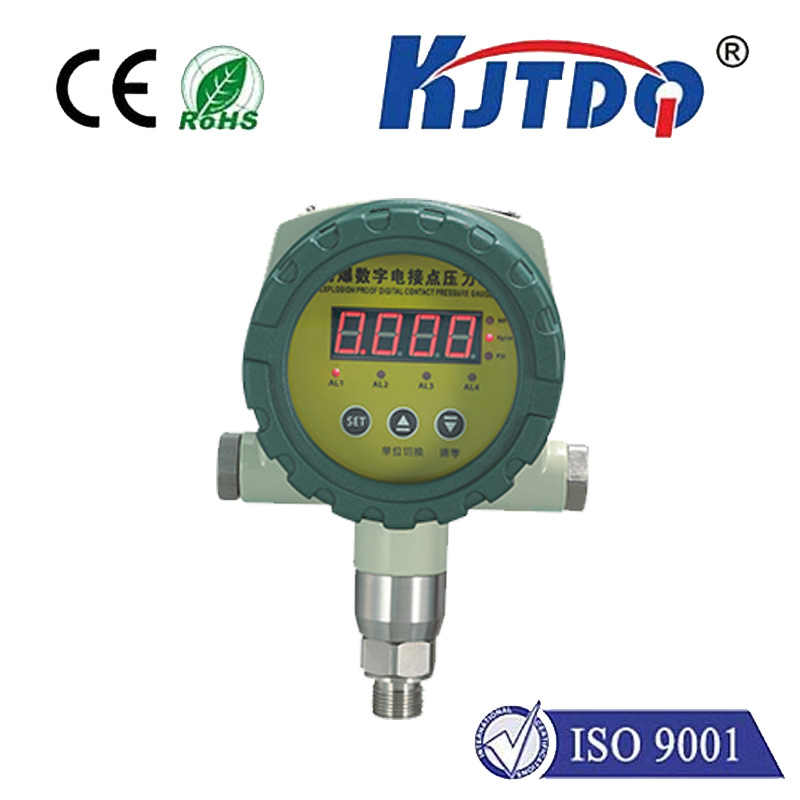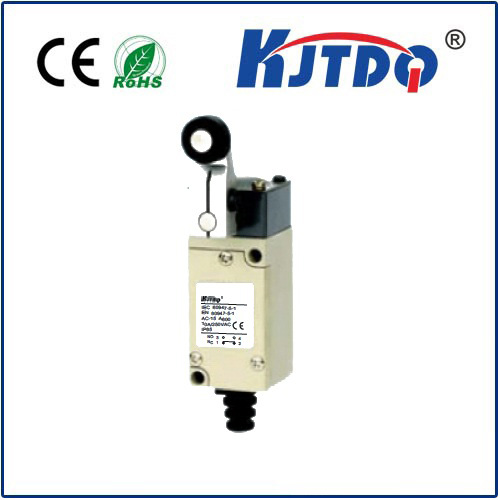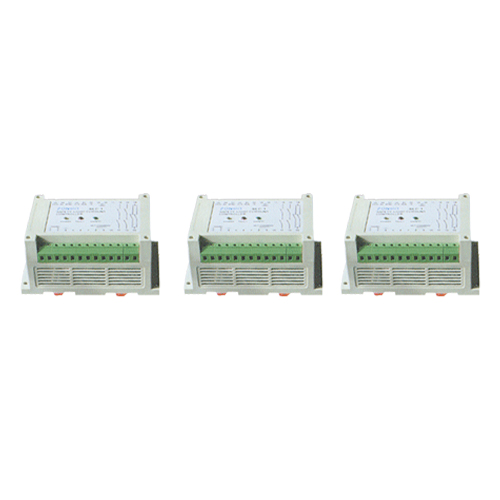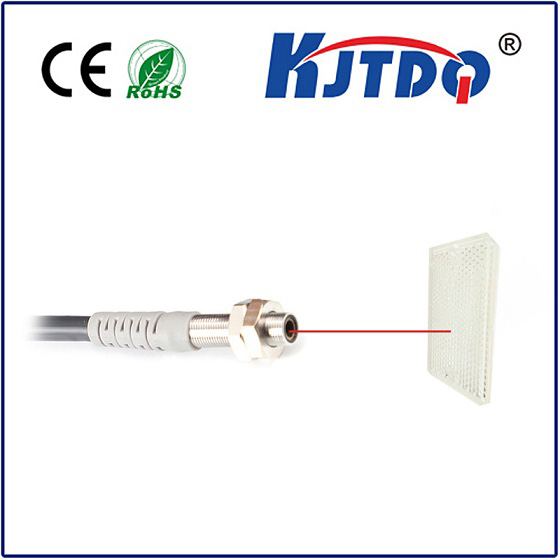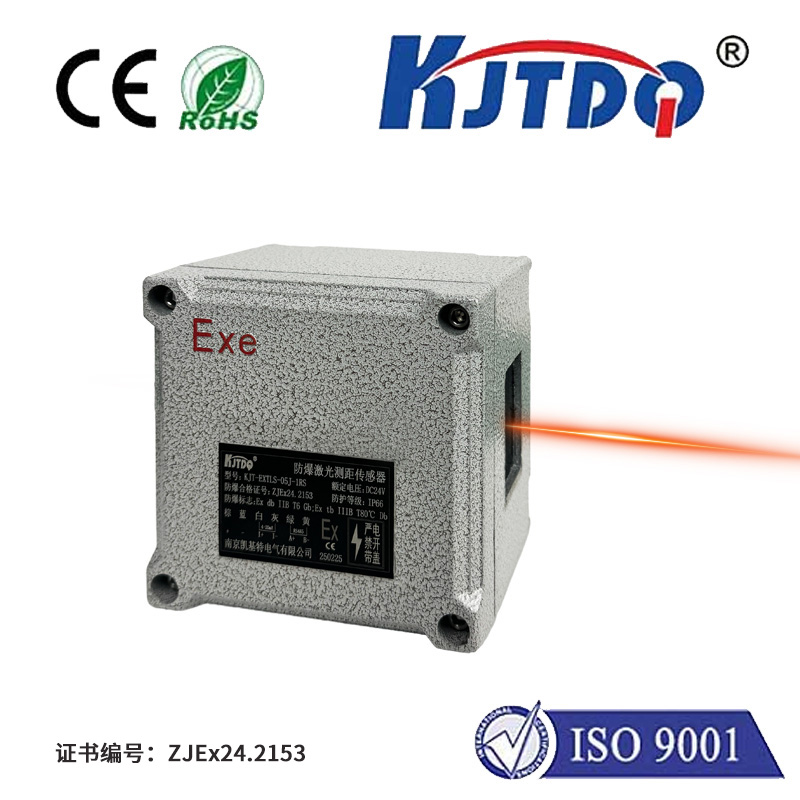temperature display
- time:2025-08-24 03:21:18
- Click:0
Temperature Display: The Unsung Hero in Our Daily Tech Ecosystem
You glance at your morning coffee maker – the digital readout assures you it’s brewing at the perfect 92°C. Before stepping out, a quick look at your smartwatch confirms the outside temperature is a brisk 12°C, warning you to grab a jacket. Later, a temperature display on a medical device silently confirms your child’s fever has subsided. These seemingly mundane flashes of numbers are the silent guardians of our comfort, safety, and efficiency. The temperature display is far more than just numbers on a screen; it’s the crucial endpoint in a complex chain of sensing, processing, and communication, making invisible environmental data instantly actionable across countless aspects of modern life.
At its core, a temperature display is the visible output of a sophisticated measurement system. It begins with a sensor – technologies like thermocouples (relying on voltage differences between dissimilar metals), resistance temperature detectors (RTDs – changing resistance with temperature), or thermistors (semiconductors with resistance inversely proportional to temperature). These sensors detect minute changes in ambient heat or the heat of a specific object. These raw signals are then converted, amplified, and processed by dedicated circuitry or microprocessor algorithms into a usable digital format. Finally, this processed data is presented clearly via the display unit. This progression from physical phenomenon to a clear numerical value on a digital screen or traditional dial represents the fundamental journey of temperature information.

The ubiquity and criticality of temperature displays become starkly evident when we examine their diverse applications:
- Home & Comfort: They are the cornerstone of modern climate control. Our digital thermostats, equipped with clear temperature displays, allow precise regulation of HVAC systems, optimizing energy consumption while ensuring comfort. Ovens, refrigerators, freezers, washing machines, water heaters, and even coffee makers all rely on accurate displays to function correctly and efficiently. A malfunctioning display on a freezer can lead to significant food spoilage before anyone realizes the issue.
- Healthcare: Precision is paramount here. Medical thermometers, both traditional and advanced infrared types, provide vital readings displayed digitally for assessing patient health. Vital signs monitors constantly track body temperature. Laboratory equipment like incubators and refrigerators storing vaccines or sensitive biological samples demand meticulously calibrated displays; a small error can compromise invaluable medical supplies or research.
- Industrial Operations: In manufacturing plants, chemical processing, and power generation, temperature displays are critical for process control and safety. They monitor equipment health (like engine temperature displays in vehicles or generators), ensure optimal conditions for chemical reactions, and provide essential data for quality assurance. Industrial temperature monitoring systems often feature large, bright displays visible from a distance on critical machinery or central control panels.
- Food Service & Safety: Adherence to strict temperature guidelines is non-negotiable in restaurants, cafes, and catering. Digital thermometers with instant-read displays ensure food is cooked to safe internal temperatures. Dedicated temperature display units are mandatory on refrigerators, freezers, and hot-holding equipment to comply with health regulations and prevent foodborne illness outbreaks.
- Scientific Research & Environmental Monitoring: From sophisticated laboratory instruments tracking genetic analysis protocols to weather stations providing real-time climate data, accurate temperature display is foundational for data collection and analysis.
Choosing the right temperature display instrument isn’t just about reading numbers; it involves careful consideration of several key factors to ensure it meets the specific need:
- Accuracy & Precision: How close does the reading need to be to the true temperature? Medical diagnostics require higher precision than checking ambient room temperature.
- Response Time: Does the application need an instant reading (like checking engine oil temperature or grilling meat), or is a slower, steady average acceptable (like monitoring room temperature trends)? High-quality digital thermometers often boast rapid response times.
- Range: The display must cover the entire range of temperatures it will encounter – whether that’s cryogenic storage or industrial furnaces.
- Resolution: The smallest increment the display can show (e.g., 0.1°C vs 1°C). Crucial where fine detail matters.
- Display Type & Readability: Is a large backlit digital display needed for visibility in low light or at a distance? Consider viewing angles and glare resistance too.
- Durability & Environment: Will the display be exposed to moisture, dust, chemicals, or extreme temperatures itself? Industrial settings demand ruggedized units.
- Calibration & Maintenance: Regular calibration against known standards is essential for maintaining accuracy, especially for critical applications. Understand the calibration requirements.
The future of temperature display technology is intrinsically linked to the rise of connectivity and intelligence. Smart sensors embedded in appliances, industrial equipment, and environmental monitoring systems continuously stream temperature data to the cloud. Displays are evolving beyond simple numeric output into rich interfaces on smartphones, tablets, and centralized dashboards, capable of showing trends over time, setting complex schedules, and sending alerts when thresholds are breached. The humble temperature display is becoming the visible tip of a vast, intelligent sensing network, making environmental data more accessible and actionable than ever before. Whether it’s ensuring your espresso is extracted perfectly, safeguarding vaccines, optimizing factory efficiency, or protecting the integrity of sensitive experiments, the temperature display remains the indispensable, often overlooked, endpoint transforming data into meaningful human understanding.






